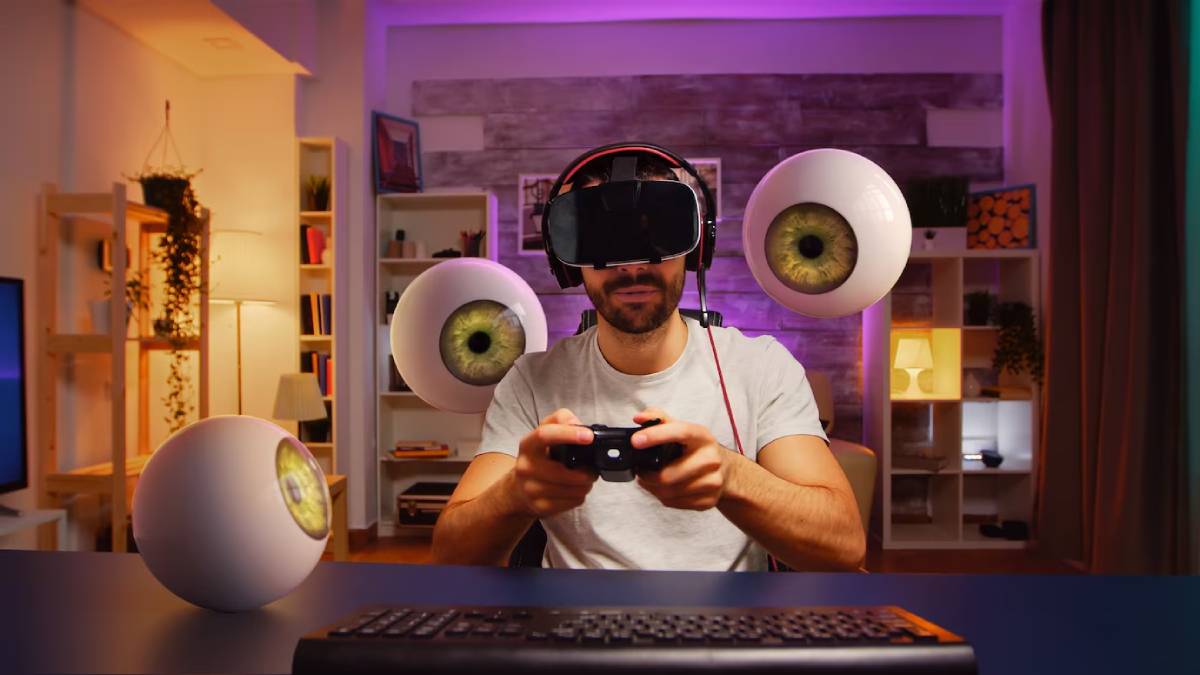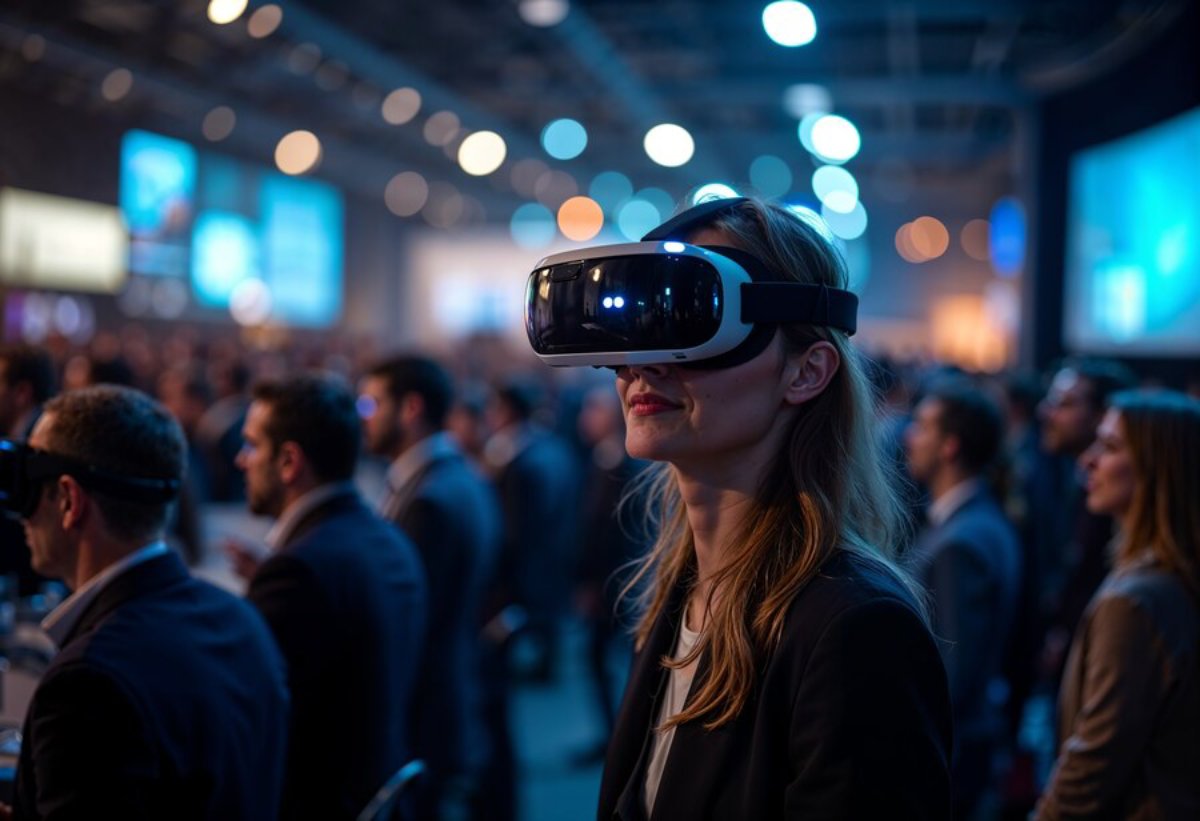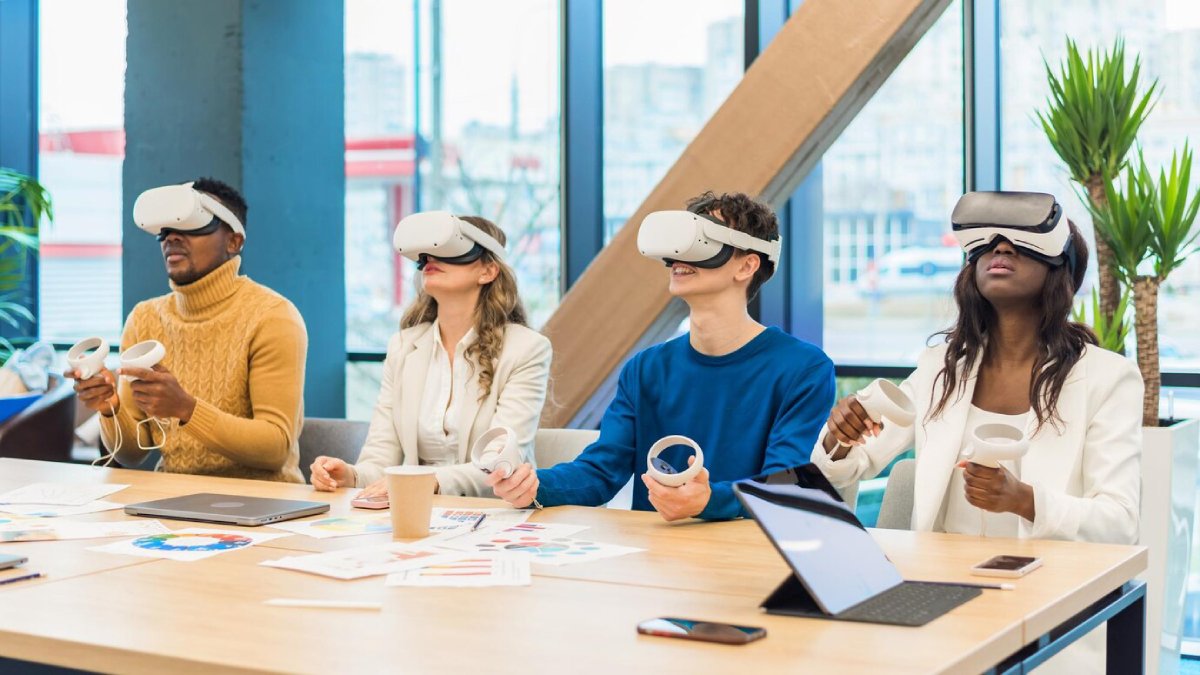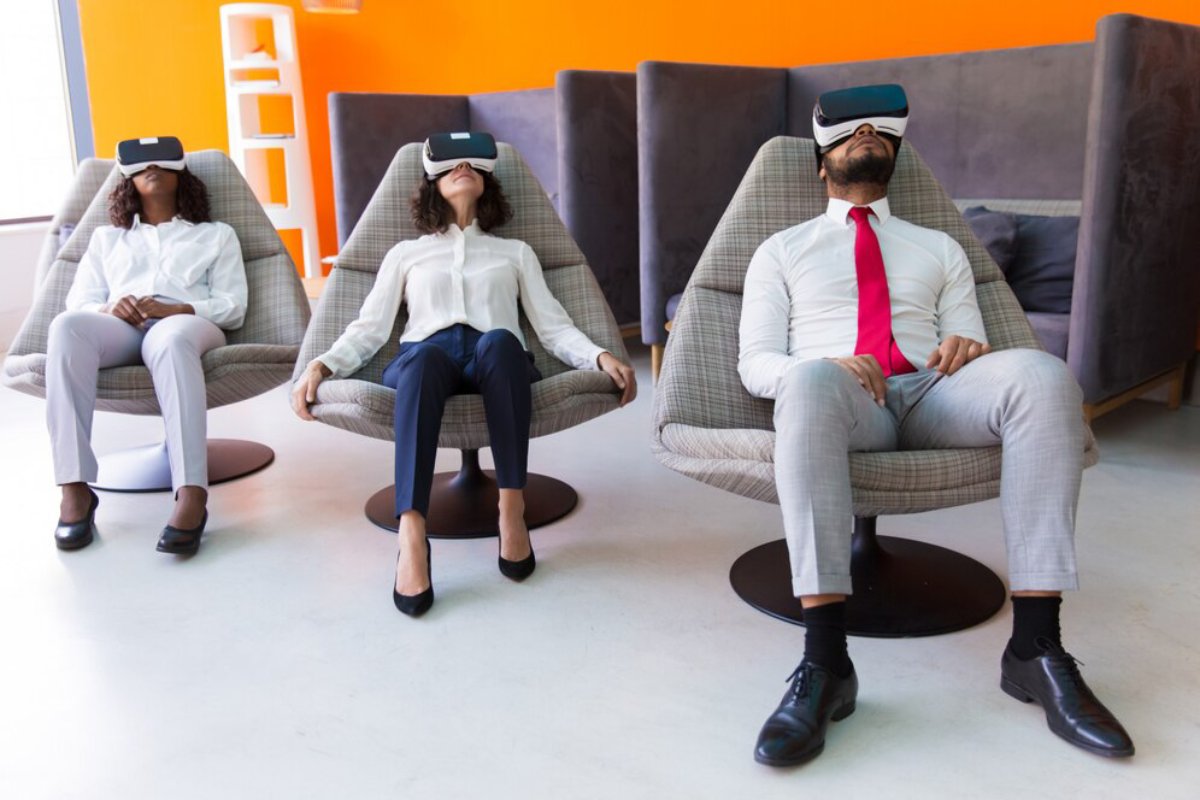
Virtual Job Fairs and Career Networking in VR
From Zoom interviews to LinkedIn messaging, the modern job hunt is increasingly digital. A new frontier is here—VR job fairs and career networking in 3D spaces. In 2025, more employers, candidates, and career platforms will be using virtual reality. This closes geographical gaps, makes hiring easier, and creates engaging human-centred recruitment experiences.
In this guide, we’ll look at how career networking online is changing the job market. We’ll explain how virtual hiring events work. We’ll also share what job seekers and employers can expect from this fast-changing technology.
Why Virtual Reality is the Future of Job Fairs
Traditional job fairs are valuable but often inaccessible. Travel costs, scheduling issues, and little in-person time can make them ineffective or exclusive. Virtual job fairs solve these problems by offering a completely remote and engaging experience. They can replicate and even improve the real-world experience.
Key benefits of VR job fairs include:
- Global access for candidates and recruiters
- Reduced costs for event organisers and participants
- Personalised booths and branding for companies
- Immersive presentations and interviews with interactive media
- Real-time networking in social lounges, breakout rooms, or one-on-one chats
The result is a hiring process that is more inclusive, flexible, and engaging for everyone.

How Virtual Job Fairs Work
Virtual job fairs happen on special VR platforms. Users make avatars, explore virtual spaces, and chat live with recruiters and others.
Core features include:
- Virtual exhibitor booths staffed by recruiters or AI assistants
- Live or pre-recorded presentations by company leaders
- Private meeting rooms for interviews or portfolio reviews
- Job boards and resume drop points
- Integrated communication tools include voice chat, instant messaging, and exchanging virtual business cards.
Users can join using VR headsets for full immersion. They can also access 2D versions on desktop browsers for easier access.
Leading Platforms Hosting Virtual Hiring Events
Many tech companies and career services now focus on VR hiring events. These include:
1. Virbela
- A widely used platform for virtual campuses and events
- Supports voice proximity, custom booth design, and group networking
- Used by universities, HR firms, and corporate recruiters
2. AltspaceVR (Now integrated into Microsoft Mesh)
- Offers event hosting tools for professional conferences and job fairs
- Great for panel discussions, employer presentations, and workshops
3. Spatial
- Known for design collaboration but also supports branded career events
- Offers photorealistic avatars and integration with LinkedIn profiles
4. HIREVRE
- A VR platform focused specifically on recruitment and training
- Features resume kiosks, mock interview spaces, and candidate analytics
These platforms are always changing. They provide a better user experience, mobile access, and links to hiring software.
The Candidate’s Experience in VR
For job seekers, VR job fairs are a great alternative to traditional networking.
Here’s what the candidate’s journey often looks like:
- Register and create an avatar: Customise your appearance, username, and professional details.
- Explore the virtual event space: Visit employer booths, check out job boards, or join live panels.
- Chat with recruiters: Ask questions, share your experience, and build a real-time connection.
- Schedule interviews or follow-up sessions: Some platforms have in-app tools for scheduling or direct calendar links.
- Drop your CV: Upload resumes, portfolios, or links to your LinkedIn/GitHub profiles.
- Attend workshops or demos: Engage with live presentations, Q&A sessions, or skill-building seminars.
This format helps remote or neurodivergent professionals access opportunities. It also lets candidates showcase more than a standard 2D résumé allows.
How Employers Benefit from Virtual Hiring Events
Virtual networking opens new doors for recruiters and companies in finding talent.
Key advantages include:
- Access to global talent without travel logistics
- Immersive brand storytelling through booth design and media
- Efficient screening with live interviews, skill tests, or simulations
- Data insights on candidate engagement, booth traffic, and feedback
- Cost savings on venue rentals, printed materials, and logistics
Some companies use VR onboarding tools after hiring. This helps make the transition from application to induction smooth.
VR Networking: Beyond the Job Fair
While job fairs are a primary application, career networking in VR goes much further. Professionals connect in virtual spaces, from alumni reunions to peer mentorship sessions. These connections are lasting and location-independent.
Types of networking events now offered in VR:
- Industry mixers with breakout groups by skill or interest
- Workshops and certifications hosted by subject matter experts
- Virtual co-working sessions or collaborative hackathons
- Diversity and inclusion forums
- Informal coffee chats in virtual lounges
VR mimics real social settings. This helps spark more natural conversations. It connects digital chat with real human interaction.
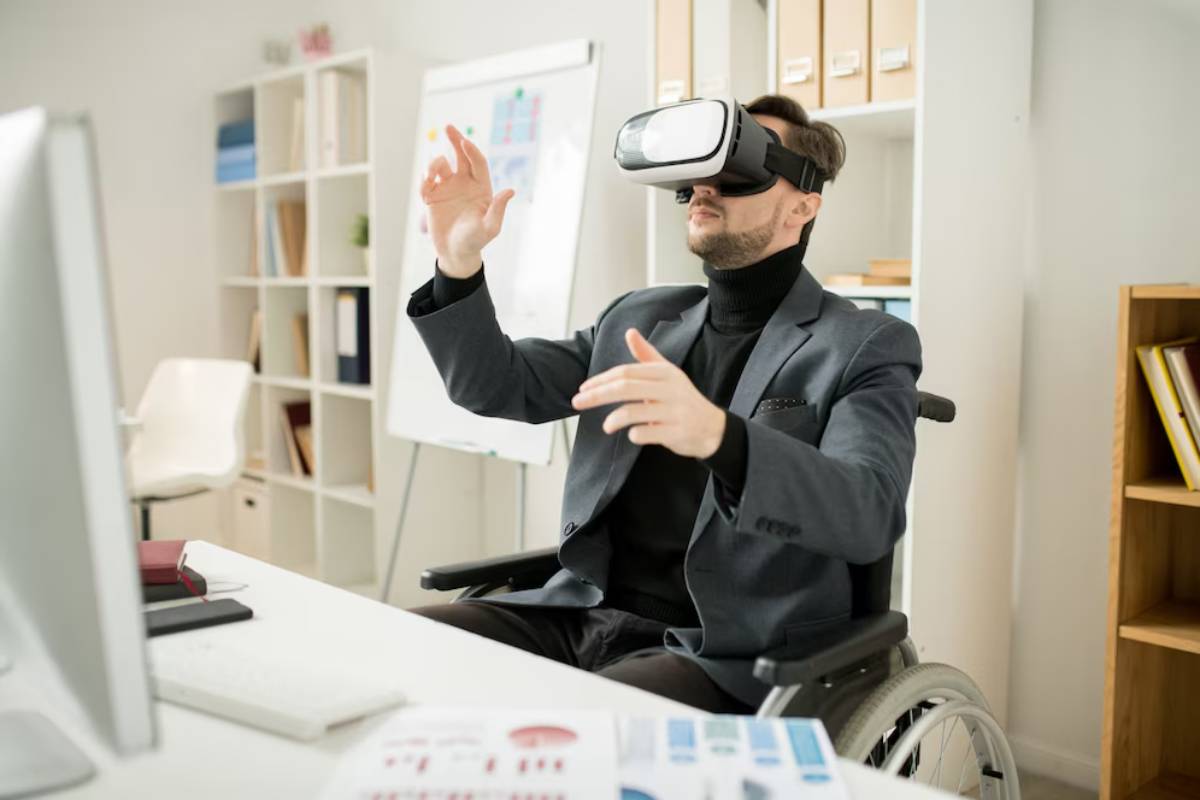
Accessibility and Inclusion in Virtual Hiring
One of the strongest cases for virtual hiring is its potential to improve equity.
Accessibility benefits:
- Reduced travel demands for those with physical disabilities
- Customisable environments for neurodiverse users
- Global access for candidates in rural or underrepresented regions
- Flexible participation with options for text or voice interactions
However, challenges remain. Not all users own VR headsets, and digital literacy still varies. That’s why the best events offer hybrid access (VR + desktop) and user training materials.
Preparing for Success in a VR Job Fair
For candidates hoping to make the most of virtual hiring events, preparation is key.
Tips to stand out:
- Test your tech ahead of time such as audio, internet, device compatibility
- Practice using your avatar to navigate and initiate conversations
- Update your resume and LinkedIn (some platforms sync automatically)
- Prepare a short “elevator pitch” to introduce yourself quickly
- Dress your avatar professionally—visual presentation still matters
- Follow up with recruiters just like you would at a traditional fair
Keep a notepad nearby. Use it to write down company names, roles you like, and recruiter contact info.
What’s Next for VR-Based Recruitment?
As virtual reality technology matures, expect the following developments in the recruitment space:
- AI-enhanced matchmaking between candidates and recruiters
- Gamified skill challenges and VR-based aptitude tests
- Interactive resumes with embedded 3D portfolios or video intros
- Persistent virtual campuses where talent and employers connect year-round
- Multilingual voice translation for international inclusivity
The future of hiring is immersive, data-driven, and increasingly location-agnostic. Virtual job fairs are just the beginning.
Key Takeaway: Professional Connections Without Boundaries
Virtual reality is redefining how we build careers. VR job fairs and virtual networking help employers and job seekers connect better. They offer tools for meaningful, efficient, and inclusive engagement.
Virtual hiring events help organisations reach more people and share their stories better. Candidates can find jobs they couldn’t reach before. This is due to location, money, or physical challenges.
As the workplace continues to evolve, the power of VR lies not just in replacing face-to-face interaction, but in enriching it. The result? A smarter, more connected future for everyone.
